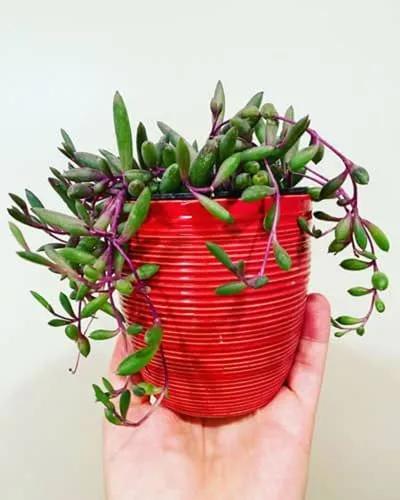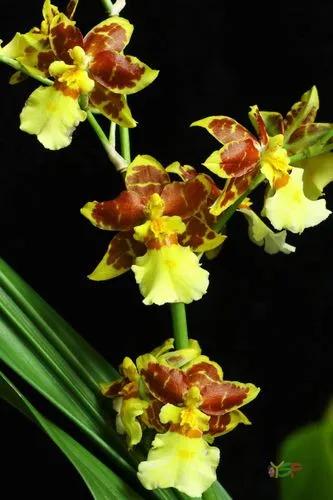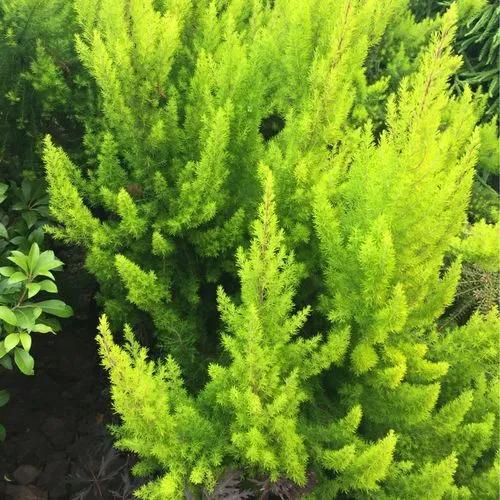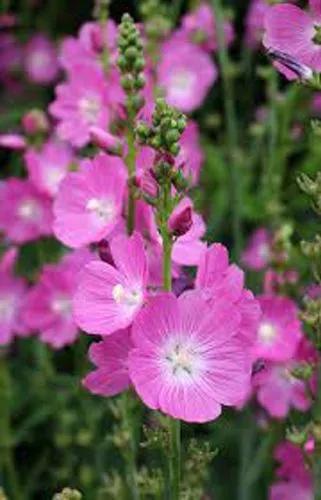Lonicera japonica, known as Japanese honeysuckle and golden-and-silver honeysuckle, is a species of honeysuckle native to eastern Asia. It is often grown as an ornamental plant, but has become an invasive species in a number of countries.
Japanese honeysuckle Care
Lonicera japonica



Lonicera japonica is a twining vine able to climb up to 10 m (33 ft) high or more in trees, with opposite, simple oval leaves 3–8 cm (1.2–3.1 in) long and 2–3 cm (0.79–1.18 in) broad. When its stems are young, they are slightly red in color and may be fuzzy. Older stems are brown with peeling bark, and are often hollow on the inside. The flowers are double-tongued, opening white and fading to yellow, and sweetly vanilla scented. The fruit, which is produced in fall, is a black spherical berry 3–4 mm (0.12–0.16 in) diameter containing a few seeds. While the nectar from the flowers can be safely consumed by humans, all other parts of the plant have the potential to be toxic. The dried leaves and flowers (Flos Lonicerae Japonicae) are employed in traditional Chinese medicine.
How to Care for the Plant

Water

For best growth, keep japanese honeysuckle well watered (1 inch per week (2.54cm)) and protect the soil with a layer of bark mulch. if the plant becomes too dry, leaves will turn brown and fall off, though the vine itself rarely dies. withholding water may help keep the vine in check.

Pruning

Pinch off dead leaves and stems.

Fertilizer

Liquid fertilizers are applied more frequently, bi-weekly or monthly, for example. Granular products are used less frequently, perhaps once every month or two. Slow-release houseplant fertilizers break down slowly and release their nutrients in small amounts, over a longer period of time. A single application of most of these products lasts for three to four months.

Sunlight

In most cases, plants receiving no outdoor light should be lit from 16 to 18 hours each day. If some additional light is received, 12 to 14 hours each day may be adequate. Lights should be used at the same time that plants receive window light.

Soil

Use a potting mix, which makes it safer for plants because it doesn't contain pathogens such as fungus or other diseases.

Temperature

Japanese honeysuckle thrives in diverse conditions throughout its hardiness zone range. It is deciduous in colder climates; evergreen in warmer zones, but extremely vigorous wherever it grows. It can be grown in the areas with the lowest winter temperature down to -20°F to -30°F.

Container

Whether your potted plants are indoors or outdoors, proper drainage is an essential element to ensure they stay healthy.

Popularity

4,372 people already have this plant 835 people have added this plant to their wishlists
Discover more plants with the list below
Popular articles






